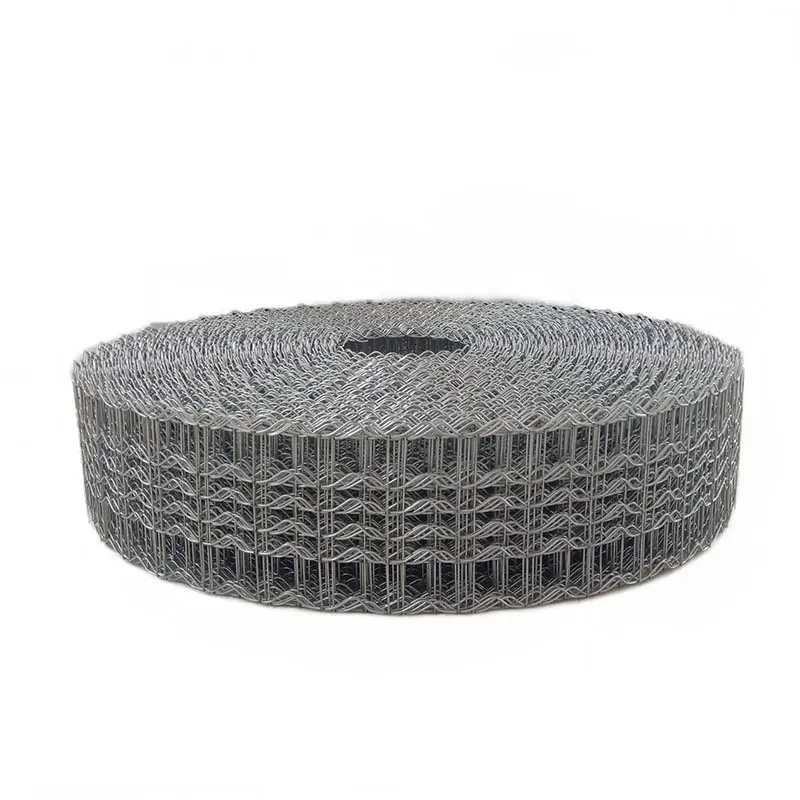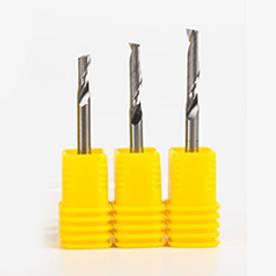- Industrial zone, South of Anping Town, Hengshui, Hebei, China.
- sales@hfpetromesh.com
- +86-18931809706
Enhance Pipeline Protection with Concrete Weight Coating Mesh
In the domain of pipeline construction and subsea engineering, the application of concrete weight coating mesh stands as a pivotal component that improves the overall stability and longevity of undersea pipelines. As an expert with extensive experience in subsea systems, I delve into understanding how this essential product enhances project viability and safety.

Concrete weight coating (CWC) is primarily used to provide negative buoyancy and mechanical protection for pipelines that traverse aquatic environments. The importance of CWC mesh lies in its ability to integrate seamlessly with the concrete coating, ensuring uniform weight distribution and robust safeguarding of pipelines against physical and environmental stresses.
My experience in implementing CWC mesh for large-scale pipeline projects has demonstrated how this application significantly reduces hydrodynamic forces impacting the pipelines. These forces, which are naturally amplified in aquatic settings, create critical challenges such as floating and misalignment. By using a meticulously designed CWC mesh, engineers can ascertain that the pipelines maintain their intended position and alignment, thus mitigating risks of displacement due to ocean currents and weather-induced turbulence.

From a professional standpoint, the significance of expertise in selecting appropriate concrete weight coating mesh cannot be overstated. The correct choice hinges on various factors, including pipeline diameter, water depth, and specific environmental conditions of the seabed. Typically, the mesh is fabricated from galvanized or stainless-steel materials, providing not only excellent tensile strength but also resistance to corrosion, which is essential in marine environments.
concrete weight coating mesh
As a qualified specialist in this area, I've observed that advances in mesh technology have led to improved installation efficiency and lowered overall project costs. The manufacturing processes have evolved to allow for quicker customization, enabling projects to meet highly specific mechanical and environmental specifications without compromise. Such advancements underscore the critical contribution that deep expertise brings to the table — selecting and deploying the right mesh can drastically affect both project budgets and timelines.
When discussing authoritativeness, involving a reputable supplier for CWC mesh is fundamental. Engaging with established manufacturers who adhere to stringent industry standards and employ cutting-edge quality control measures is imperative for project success. Their comprehensive product lines offer varied mesh styles and materials suited to diverse project needs, backed by decades of empirical research and client trust. This begins with an initial consultation that assesses project parameters and often includes a collaborative approach to tailor solutions that align with project-specific mechanical stresses and environmental factors.
Trustworthiness, the cornerstone of successful pipeline projects involving CWC, is largely built through transparent communication and results-driven strategies. Proper documentation of past projects, along with case studies highlighting successful application scenarios, help foster confidence above and below the sea. A pipeline project's durability and performance hinge not only on the technical specifications of its materials but also on the accountability that a reliable team brings throughout the installation process.
In conclusion, leveraging concrete weight coating mesh exemplifies a balanced integration of theoretical knowledge and practical application. For any entity involved in designing and executing underwater pipeline systems, incorporating these elements into their workflow is fundamental to optimizing the structural competency and sustainability of their projects. With the right expertise, authoritative partners, and trustworthy practices, engineers can effectively ensure the success and safety of subsea infrastructures.
-
The Power of Pyramid Shaker Screen - A 3-Dimensional SolutionNewsOct.24,2024
-
Exploring the Versatility and Durability of Steel GratingNewsOct.24,2024
-
Revolutionizing Drilling Efficiency with Steel Frame Shaker Screens for Mud Shale ShakersNewsOct.24,2024
-
Potential of Shale Shaker ScreensNewsOct.24,2024
-
Offshore Pipeline Counterweight Welded Mesh - Reinforced Mesh in Marine EngineeringNewsOct.24,2024
-
Revolutionizing Offshore Pipeline Stability with Concrete Weight Coating MeshNewsOct.24,2024
